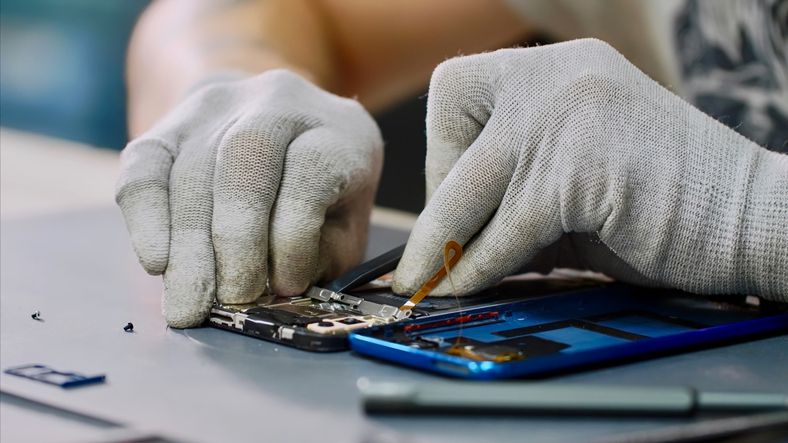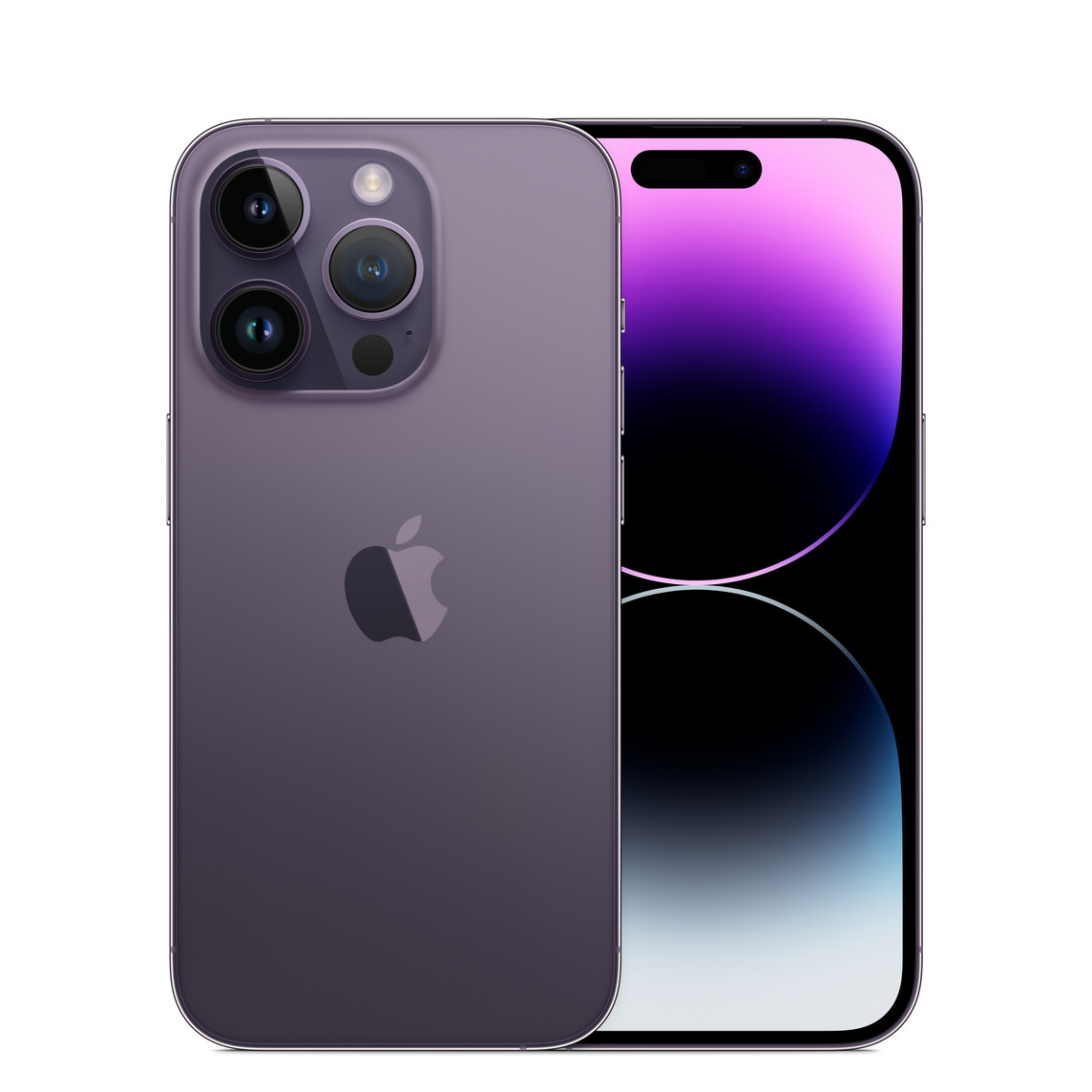Refurbished vs. New Smartphones 2025: The Ultimate Buyer's Guide to Saving Money, Boosting Performance, and Going Green
If you’re eyeing the latest iPhone 16 Pro Max or Samsung Galaxy S25 Ultra, get ready to drop $1,200 or more. Picking between a brand-new device and a refurbished one feels like a big decision—and honestly, it is. But here’s something a lot of people miss: in 2025, refurbished phones aren’t just “good enough.” They’re often the smarter move. You’ll save money, you’ll help the planet, and you’ll still get a phone that keeps up.
Refurbished smartphones are having a moment. Sales are set to hit 430 million units this year (up 15% from last year). Folks are wising up, skipping that “fresh out of the box” smell, and getting devices that offer 90% of the performance for 60-70% of the price.
I’ve tested plenty of these myself, everything from Apple’s official refurbished iPhones to some surprisingly great Samsung models from places like Back Market. The difference now? Refurbished phones aren’t the sketchy “used” phones you remember from a decade ago. Today, they go through serious quality checks, get new parts when needed, and often come with warranties that match new devices.

This guide breaks it all down—pros, cons, direct comparisons, the top picks for 2025, and a bunch of practical tips to help you avoid getting burned. By the end, you’ll know exactly what to look for, whether you’re stretching a student budget or you just want a rock-solid phone without the markup.
Ready to upgrade without buyer’s remorse? Let’s get into it.
What Is a Refurbished Smartphone? (And Why It’s Not Just “Used”)
Before we get into the nitty-gritty, let’s clear up what these terms actually mean—because, honestly, a lot of confusion here leads to expensive mistakes.
- New smartphone: Straight from the factory, untouched. Comes in perfect packaging, a full 1-2 year warranty, and all the latest features. You pay full price for all that.
- Refurbished smartphone: Someone owned it before—maybe even just for a few days—but it’s been returned, checked over by pros, and restored. These phones go through 25 to 50 different tests. Faulty parts like batteries and screens? Swapped out for original replacements.
- Battery replaced in 80% of cases (always above 85% health)
- IMEI checked, so you know it’s legit (not stolen)
- Cosmetic grades: Pristine, Good, or a little more loved
- Full factory reset and software update
| Type | Example | Warranty |
|---|---|---|
| Manufacturer | Apple, Samsung | 1 year |
| Third-Party | Back Market, Amazon Renewed | 30–365 days |
Vs. "Used" Phones: No tests, no warranty, and you’re rolling the dice. Refurbished phones are checked, trusted, and way less risky.
Plus, if you care about the planet, here’s a big one: buying refurbished cuts CO2 by up to 77kg per device compared to buying new.
Pros and Cons: Head-to-Head Breakdown (2025 Data)
| Aspect | New Smartphones | Refurbished Smartphones | Winner |
|---|---|---|---|
| Price | $800–$1,500 | $300–$900 (avg. 26% savings) | Refurbished (10/10) |
| Warranty | 1–2 years | 30 days–1 year | New (9/10) |
| Performance | Latest chip | Almost identical + new battery | Tie (9/10) |
| Updates | 7 years (Pixel) | 4–6 years left | New (8/10) |
| Sustainability | High e-waste | Extends life, saves resources | Refurbished (10/10) |
| Risk | Flawless | Depends on seller | New (9/10) |
| Overall | 9/10 | 9.5/10 | Refurbished |
One user on X put it perfectly: “Refurbished iPhone 7 still going strong in 2025—better than new lemons!”
Cost Savings in 2025: Real Numbers, Real Models
- Budget ($300–500): New Pixel 8a ($499) vs. Refurbished S22 ($350) → Save $149
- Mid-Range ($500–800): New iPhone 15 ($799) vs. Refurb iPhone 14 Pro ($550) → Save $249
- Flagship ($800+): New S25 Ultra ($1,299) vs. Refurb S24 Ultra ($899) → Save $400
Average savings: 25–50%. Trade-ins add $200–$600 more.
Top Refurbished Smartphones to Buy in 2025: Our Tested Picks
-
Best Overall: Samsung Galaxy S23 Ultra (Refurbished, $650)
Snapdragon 8 Gen 2, 200MP camera, 5 years updates. Battery: 12+ hrs. Buy: Samsung Certified Re-Newed
-
Best Value iPhone: iPhone 14 Pro (Refurbished, $550)
A16 chip, 48MP camera, Dynamic Island. Buy: Apple Refurbished
-
Best Budget Android: Google Pixel 7a (Refurbished, $250)
Tensor G2, AI magic, 7 years security. Buy: Back Market
-
Best Foldable: Samsung Galaxy Z Flip 5 (Refurbished, $700)
Pocketable, 3.4" cover screen. Buy: Amazon Renewed
-
Best Battery: iPhone 13 Pro Max (Refurbished, $450)
Lasts 2 days light use. ProMotion 120Hz.
How to Buy Refurbished Without Getting Burned: Step-by-Step Checklist
- Vet the Seller: Apple, Samsung, Back Market (4.7/5), Amazon Renewed
- Inspect Specs: Battery ≥85%, IMEI check, grade photos
- Test on Arrival: Run diagnostics, stress-test
- Warranty: Minimum 90 days
- Eco-Check: Carbon-neutral programs
X Warning: “Refurbs from Nigeria? Hit-or-miss—go certified.”
The Environmental Angle: Why Refurbished Wins for the Planet
New phone = 150–180 lbs CO2. Refurbished = 24 lbs. That’s like planting 10 trees per device. With India’s refurb market booming, you're part of a movement.
“Switched to refurb—feels like upgrading without the guilt.”

New vs. Refurbished: Who Should Choose What?
- Go New If: You need latest AI, videography, or unboxing thrill
- Go Refurbished If: Budget < $800, eco-minded, want flagship vibes. 80% of users report zero regrets.
Bottom line: For most, refurbished = 95% joy at half the cost.
“Refurb iPhone XS for $350? Still slays in 2025.”
What's your next move? New splurge or smart refurb? Tell us below!
